March 23, 2023
A certain kind of valued ecosystem is vanishing at a rate three times that of forests, yet few people know about it; wetlands. Wetlands play a vital role in absorbing carbon dioxide from the atmosphere and maintaining biodiversity, although their usefulness and beauty are frequently overlooked.
Wetlands are areas where fresh, brackish or salty water is the primary factor controlling the environment and the associated plant and animal life. Not only fish, wetlands host a broad variety of plant and animal species, making them one of the most ecologically diverse environments on Earth. Each species that makes wetlands its home has developed a special adaptation to the conditions there, and as a result, many of them are well-known for the uniqueness of their look or behavior.
Let’s meet a few of them.
Flat-headed cat (Prionailurus planiceps)
The Flat-headed cat, a native of Indonesia, Malaysia, Brunei, and the former Thai territory of Siam, is one of the world’s least-studied and most endangered cat species, with just around 2,500 adults remaining. Since 2008, the International Union for the Conservation of Nature (IUCN) has classified it as an Endangered (EN) species.
This feline prefers to live in lowland tropical woods close to sources of water, including wetlands. In our concession areas, all 11 sightings of this species have been made near rivers or old drainage canals that still hold water. This cat also frequents post-flood ponds in search of trapped fish.
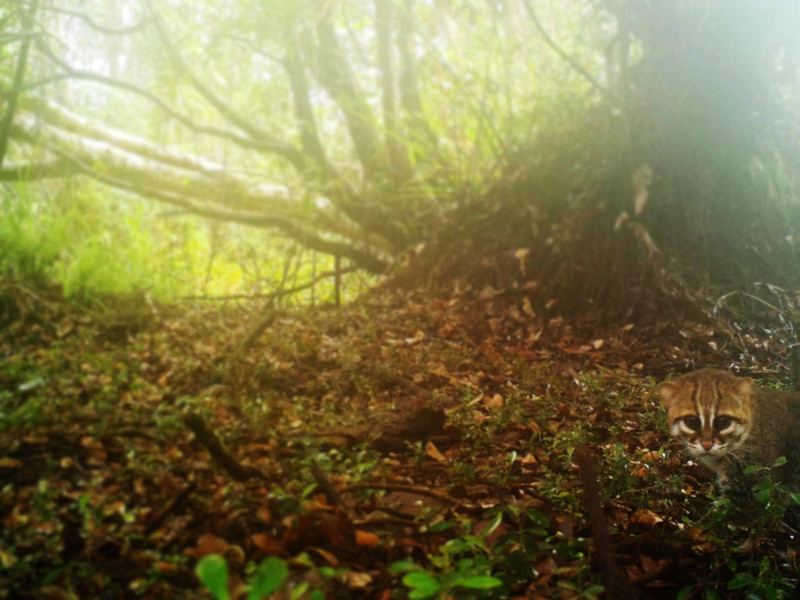
It’s one of just four feline species that can’t pull its claws in, making it very special. Their toes are webbed, resembling the Fishing Cat, whose claws and webbed toes are designed for life in soft swampy, slick environments. Unique features of the Flat-headed Cat include a severely depressed skull that begins at the tip of the snout and continues down the length of the muzzle, and comparatively large gaps between its rounded eyes and ears. The cat’s rounded, diminutive ears might be an adaptation for an aquatic environment.
Otter civet (Cynogale bennettii)
The otter civet is a species of semiaquatic viverrid found in the tropical regions of Thailand, Malaysia, Indonesia, and Brunei. Its population has declined by more than half in only three generations (about 15 years), leading to its listing as Endangered due to direct habitat degradation and indirect inferred decreases owing to pollution.
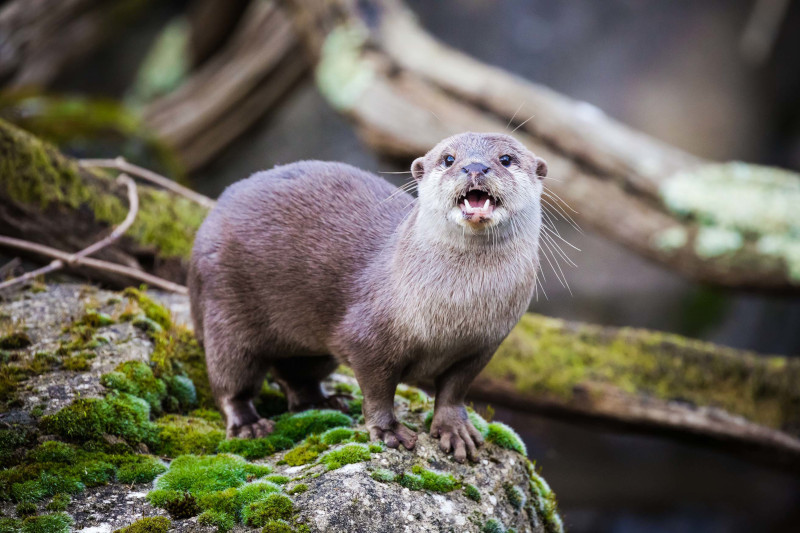
The otter civet’s large mouth, webbed feet, bare soles and extended claws are just a few of the adaptations to its environment that allow it to thrive there. It has a long muzzle with a lot of whiskers. It resembles the Hose’s palm civet (Diplogale hosei) in many aspects, but differs in its shorter tail and lack of white underparts.
The otter civet is nocturnal and relies heavily on aquatic prey such as fish, crabs, and freshwater molluscs for sustenance. In addition to eating fruit and birds, it can climb trees. Because of the species’ rarity, information on it is quite limited.
Storm stork (Ciconia stormi)
The Storm’s Stork is one of the rarest stork species. This species is very elusive, and its preferred habitat is the murky margins of rivers and streams, where it can hunt in peace and quiet. The bird mostly consumes amphibians, aquatic larvae insects, and small fish.
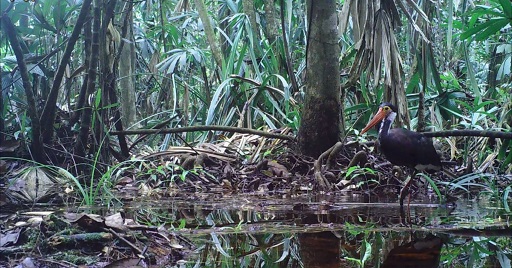
Storm’s storks, unlike other species of storks, will leave sources of water to scavenge on small animals on woodland trails. They are the smallest amongst the storks, giving them the agility to run away from predators.
The International Union for Conservation of Nature (IUCN) has classified the Storm’s Stork as Endangered (EN) since 1994. This species of stork is also officially protected by legislation in Indonesia.
Hook-billed bulbul (Setornis criniger)
This bird is a highly localized species that can be found almost exclusively in the kerangas and peat swamp forests of lowland Borneo and Sumatra. As a species of songbird in the bulbul family, it makes a number of loud scolding cries, including a nasal “jyaw, jyaw” and a faster, drier rattling.
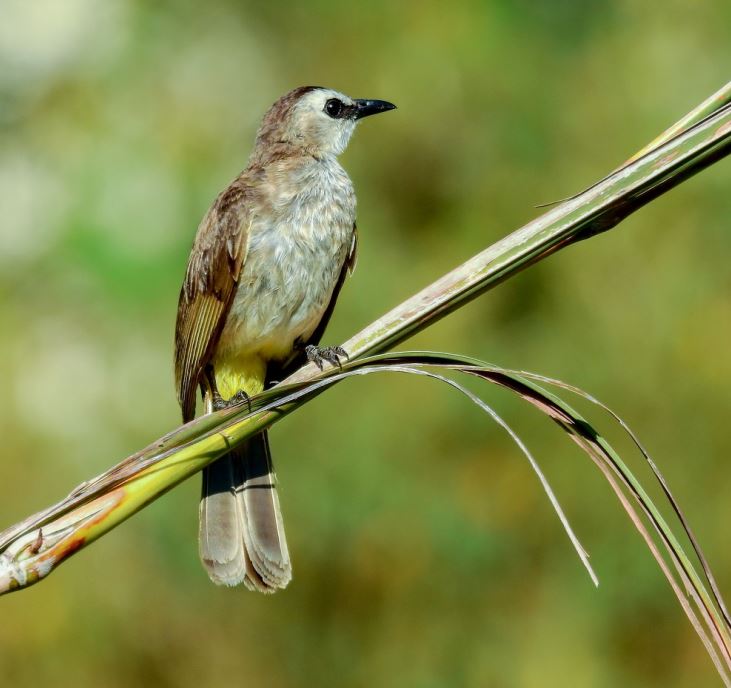
Aside of the Kampar Peninsula, sightings of the species have been recorded from the following locations that you can visit if the Hook-billed bulbul is on your “must see” list for your next birdwatching trip:
Malayan giant terrapin (Orlitia borneensis)
With a carapace length of up to 60 centimetres and a maximum weight of 18 kilograms, the Malayan giant river terrapin is among Asia’s biggest freshwater and brackish water turtles. They only come out of the water to lay eggs. Because they are thought to deposit their eggs on the drier, higher parts of peatland, perhaps on hummocks made by leaf litter beneath Shorea trees, the discovery of a hatchling in the Kampar Peninsula’s river system came as somewhat of a surprise.
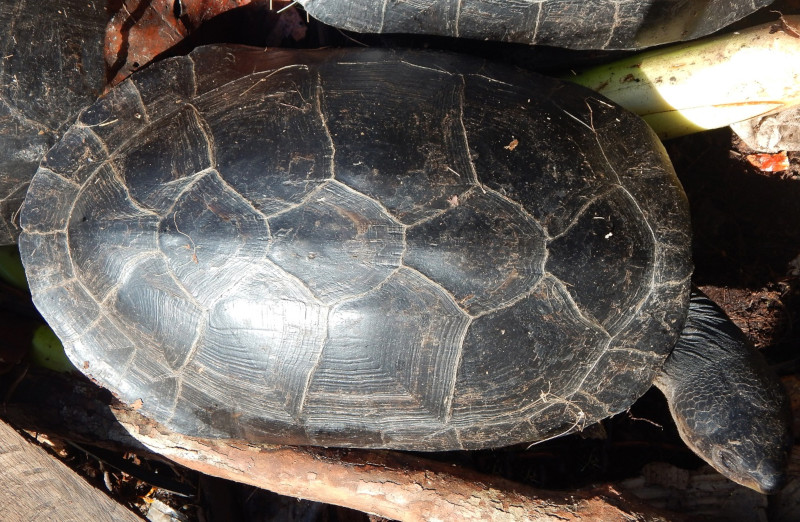
Populations of Malayan giant river terrapins are declining worldwide, earning them the Critically Endangered status from the IUCN. Human hunting is recognized as a contributing factor to their dwindling numbers. The species was eaten in the past because it could be preserved for a long time. However the quest wasn’t a simple one. The locals used to hunt them by baiting hooks with wild boar meat, which required them to first capture the wild boar; what a grind!
Due to the terrapin’s piscivorous nature, it has also tragically been known to drown while trying to get the fish that had been caught in fishing traps. RER rangers strive to convince communities not to hunt them in order to safeguard their survival. Team members from RER also collaborate with fishermen to free terrapins caught in nets and other fishing gear.
Odonata
The order Odonata includes such diverse insects as dragonflies and damselflies. As they produce their offspring in water, they are tightly linked to wetlands. The developing larvae become vicious aquatic predators, feasting initially on invertebrates like copepods and other aquatic insect larvae, then tadpoles, and finally small fish.
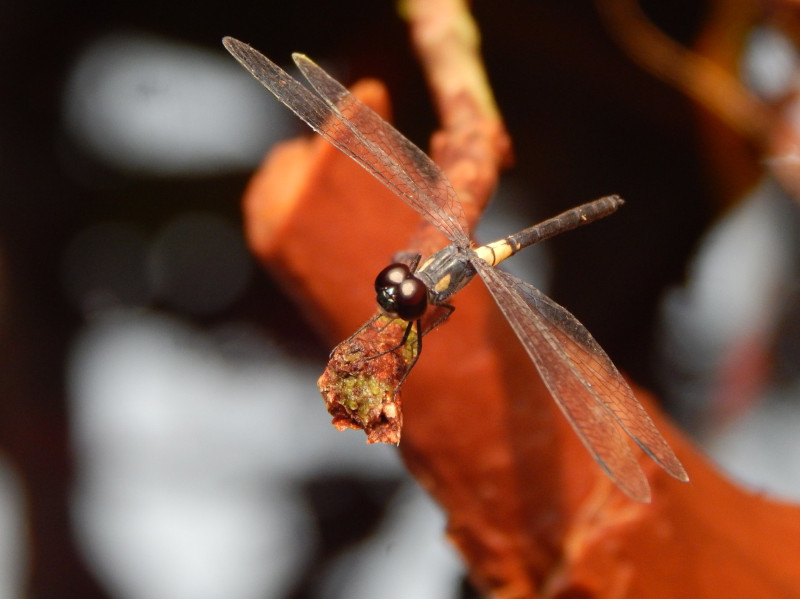
Odonata are a reliable sign of a healthy ecosystem. Both the larvae and the adult animal, which is an essential predator that controls numerous insect pests including mosquitoes, flies, dipteran, etc, need high-quality aquatic environments with an abundance of food.
Hence, RER is undertaking an ongoing survey on the diversity of Odonata with the help of a specialist from the IUCN Odonata specialist group, and the latest findings show that the Kampar Peninsula is home to three species of dragonfly or damselfly, one of which is categorized as Vulnerable, Ictinogomphus acutus, and two of which are classified as Endangered.